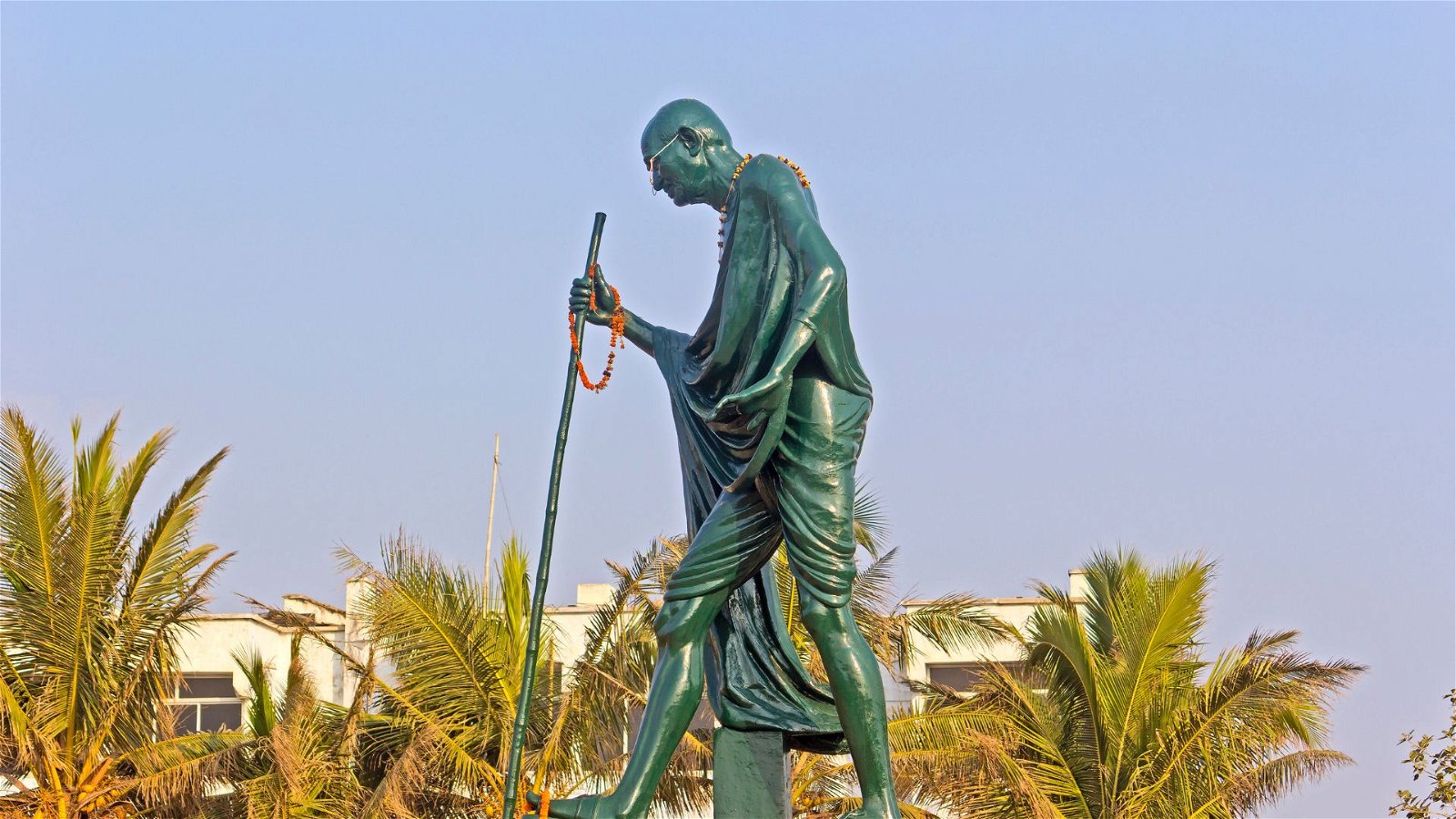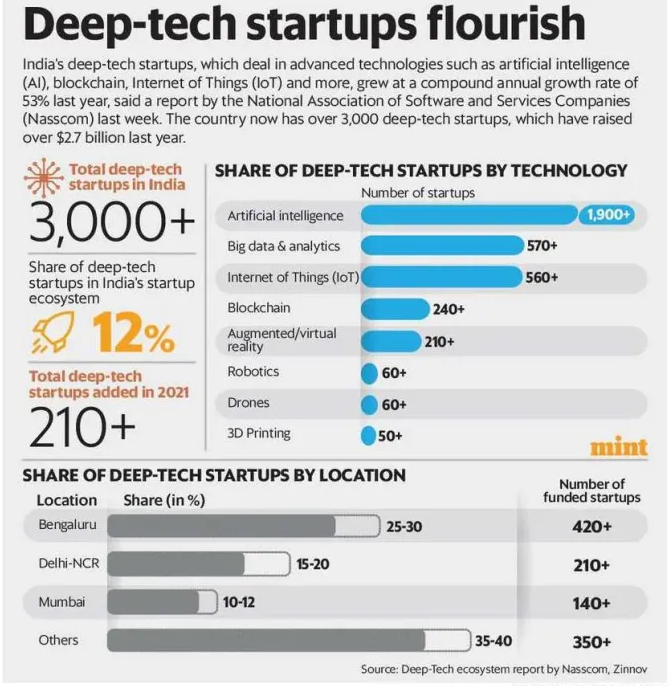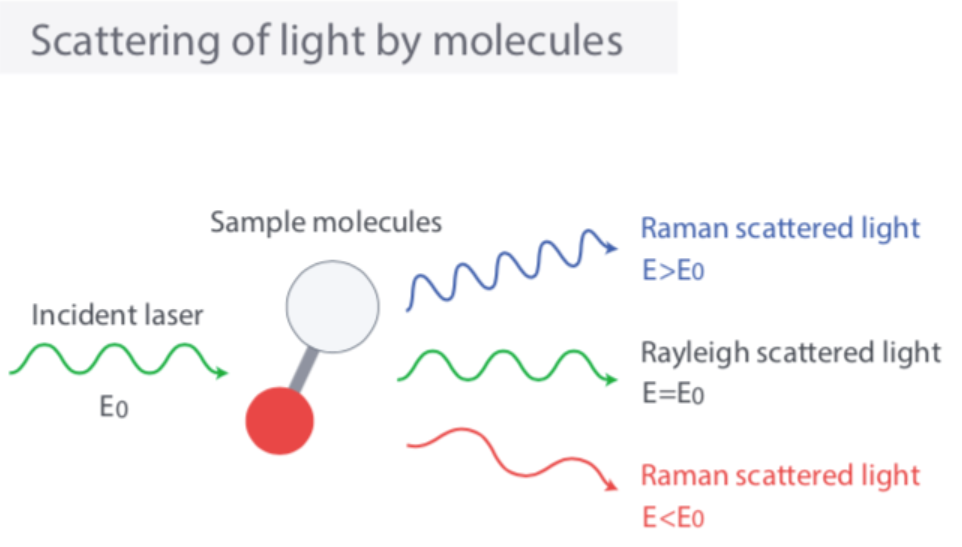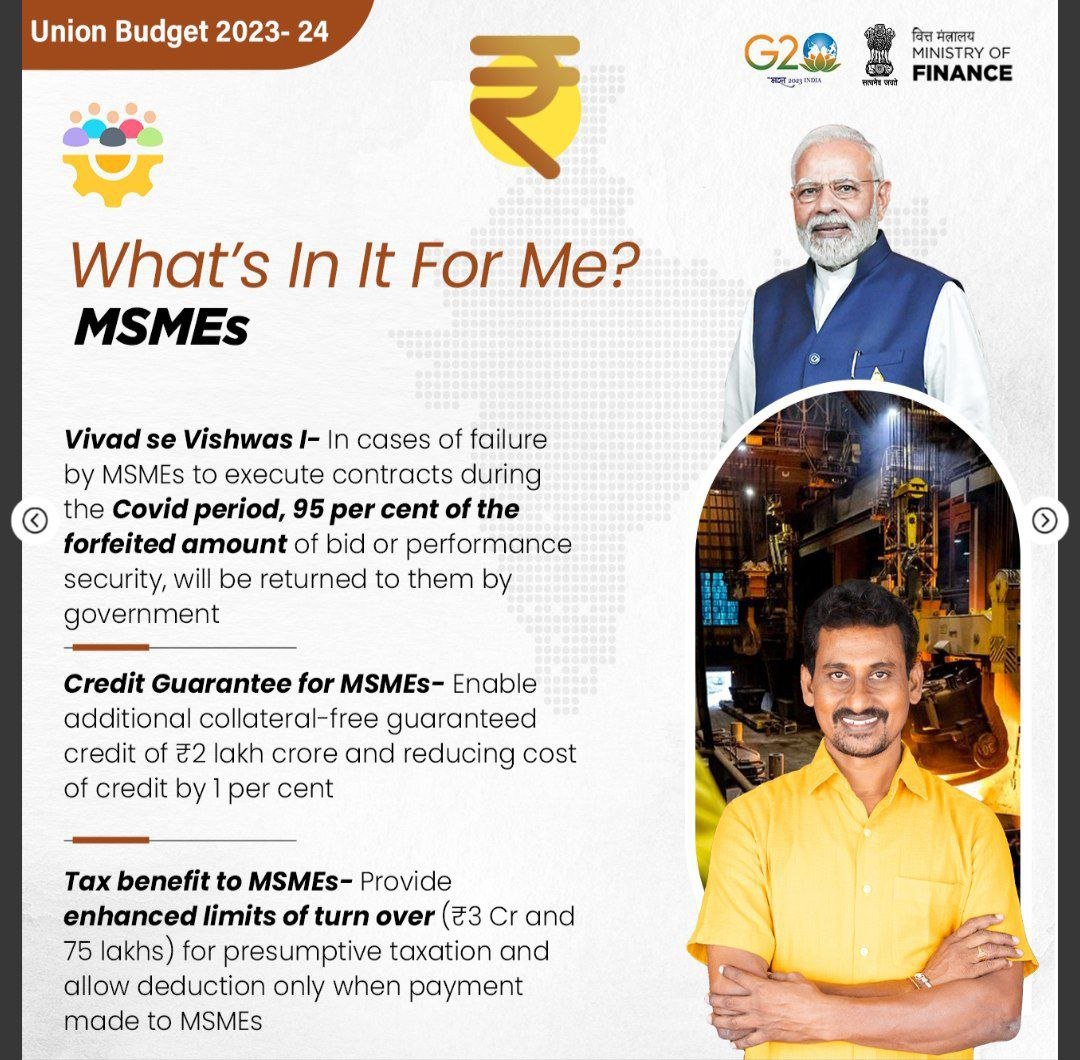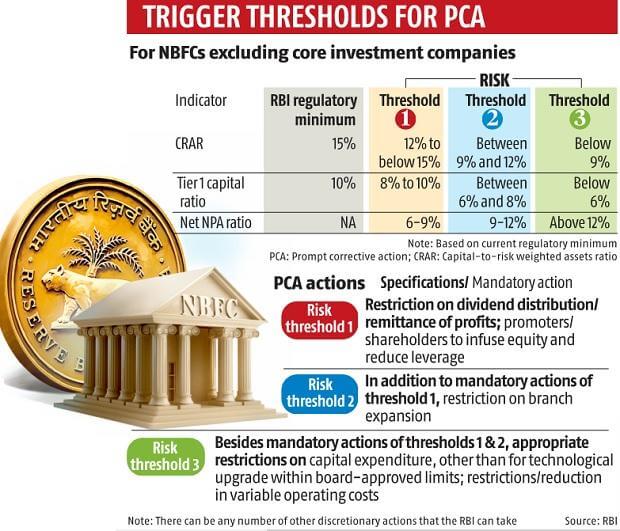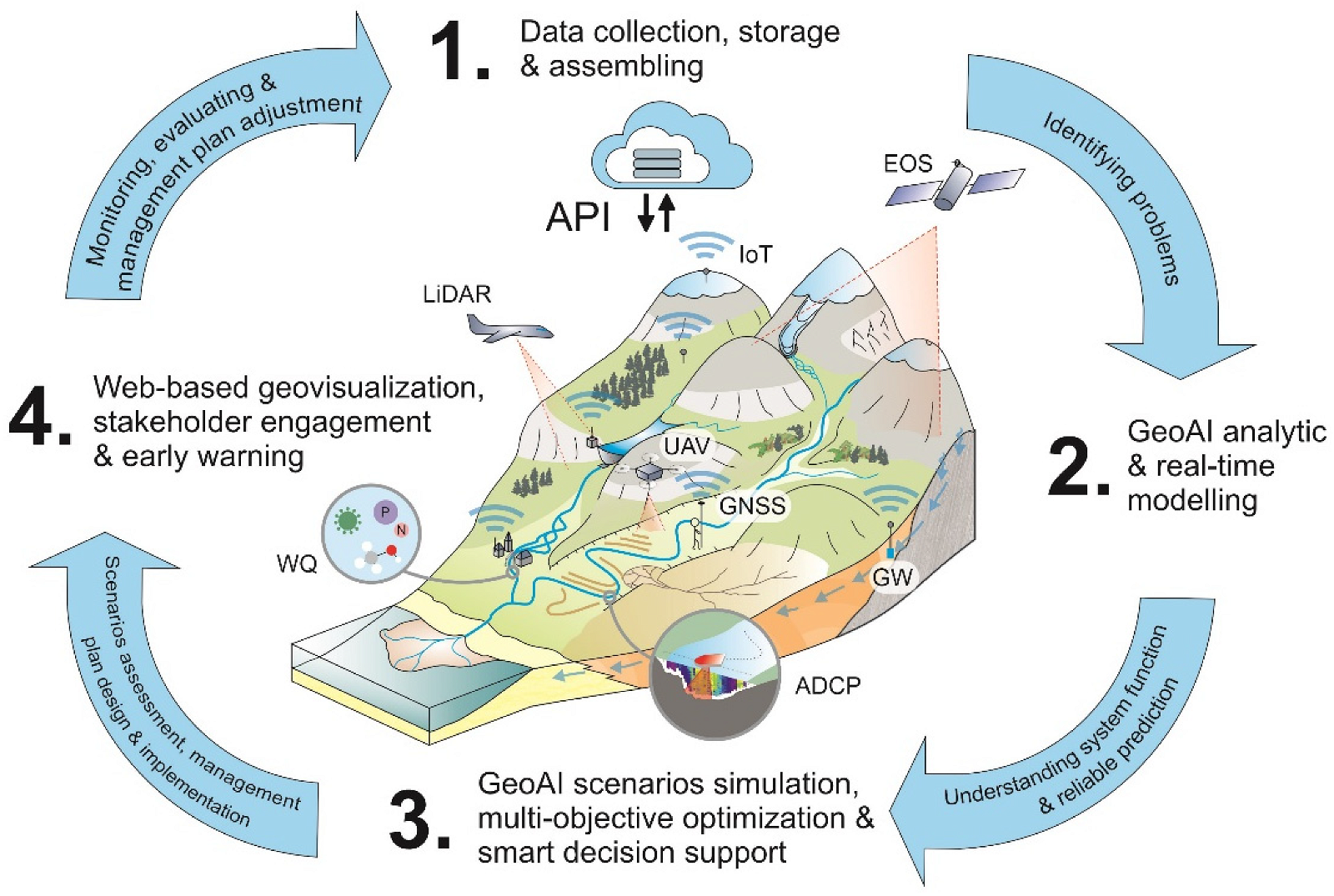
Current Affairs August 09, 2023: NNMC Bill 2023 and NDC Bill 2023, AMRUT 2.0, PESA Act, Rashtriya Gram Swaraj Abhiyan, Sugarcane Pricing, Credit Rating Agencies, OS Maya, Moonlighting
Subscribers of "Current Affairs" course can Download Daily Current Affairs in PDF/DOC
Subscribe to Never Miss an Important Update! Assured Discounts on New Products!
Must Join PMF IAS Telegram Channel & PMF IAS History Telegram Channel
{S2 – Health – Laws – 2023/08/09} NNMC Bill 2023 and NDC Bill 2023
- Context (TH I PIB): Parliament passes National Nursing and Midwifery Commission (NNMC) Bill, 2023 and National Dental Commission (NDC) Bill 2023.
National Nursing and Midwifery Commission (NNMC) Bill, 2023
- NNMC Bill brings provisions to elevate the standards of nursing education and services, professional conduct, transparency and accountability.
- It will replace the Indian Nursing Council with a modern regulatory structure.
Key highlights of the proposed Act
- Establishment of National and state commissions to regulate education and service standards.
- Fixed Tenure and Accountability of Chairperson and member of the commission.
- Uniform admission process.
- Development of Soft Skills and Specialized Courses.
- Global Mobility and Expertise of Indian Nurses.
- Manage online live registers of Registered Nurses.
- Formation of a National Advisory Council for a balanced representation of States/UTs.
National Dental Commission (NDC) Bill 2023
- It will replace the Dentists Act 1948.
- NDC aims to make dental education and profession landscape as per international benchmarks.
- NDC Bill empowers the commission to frame guidelines for fee determination for 50% of seats in private dental colleges and deemed universities.
Key highlights of the proposed Act
- Constitution of a National Dental Commission and State Dental Councils.
- The Merit-Based Selection process of the Chairman and Members is conducted by a Search–cum-Committee chaired by the Cabinet Secretary.
- Fixed tenure and professional development of the Chairperson and member of the commission.
- Formation of three autonomous boards for:
- Undergraduate studies
- Postgraduate studies
- Ethics and Dental Registration Board (EDRB)
- Industry collaboration and technological innovation
- An online national register of licensed dentists and dental auxiliaries.
{GS2 – MoHUA – 2023/08/09} AMRUT
- Context (TH): 76 start-ups selected under the Atal Mission for Rejuvenation and Urban Transformation (AMRUT) 2.0 have started working with 35 cities towards their water security goals.
Atal Mission for Rejuvenation and Urban Transformation (AMRUT)
- It was launched in 2015 by the Ministry of Housing and Urban Affairs (MoHUA) in selected 500 cities and towns across the country.
- It is implemented through Urban Local Bodies (ULB) under the two committees:
- High Powered Steering Committee (HPSC) at the State level
- Apex Committee (AC) at the Central level
- It focuses on the development of basic infrastructure, in the selected cities and towns to improve the quality of life.
Objectives
- To ensure that every household has access to a tap with an assured water supply and a sewerage connection.
- To develop green and well-maintained open spaces and parks.
- To reduce pollution by:
- Switching to public transport
- Through the construction of non-motorized transport facilities such as walking and cycling.
Components of the mission
- Water supply system
- Sewage Facilities
- Septage Management
- Storm Water Drainage
- Urban Transport
- Green Space and Parks
- Reforms management and support
- Capacity building

AMRUT 2.0
- It was launched in 2021 for a period of five years i.e. from the financial year 2021-22 to 2025-26.
- AMRUT Mission has been subsumed under AMRUT 2.0.
- It aims to:
- Provide universal coverage of water supply through functional taps to all households in all the statutory towns in the country.
- Provide sewerage/septage management in 500 cities covered in the first phase of the AMRUT.
- Promote circular economy of water through the development of City Water Balance Plan (CWBP) for each city to make cities ‘water secure’.
- CWBP focuses on recycle/reuse of treated sewage, rejuvenation of water bodies and conservation.

Other components of AMRUT 2.0
- Pey Jal Survekshan to ascertain equitable distribution of water, reuse of wastewater, mapping of water bodies and promote healthy competition among the cities/towns.
- Technology Sub-Mission for water to leverage the latest global technologies in the field of water.
- Information, Education and Communication (IEC) campaign to spread awareness among the masses about the conservation of water.
{GS2 – Polity – IC – 5th Schedule – 2023/08/09} PESA Act
- Context (DTE): Implementing the Panchayats (Extension to Scheduled Areas) Act of 1996 or PESA Act 1996 will not be easy in Jharkhand.
- Some tribal population is opposing Panchayat elections in the Fifth Schedule areas of the state.
- So, there are no Gram Panchayat and Gram Sabha in those areas to implement PESA Act 1996.
Panchayats (Extension to Scheduled Areas) Act of 1996 or PESA Act 1996
- The PESA Act 1996 was enacted to extend the provisions of Part IX of the Constitution relating to the Panchayats to the Scheduled Areas.
Scheduled Areas under PESA Act 1996
Part IX of the Constitution
|
||
|
Gram Panchayat |
Gram Sabha |
|
| Gram Panchayat is the lowest level of Panchayati Raj that functions at the village level. | Gram Sabha is the general assembly that operates at the village level | |
| It includes members directly elected by Gram Sabha members. | It includes all the registered voters of a village. | |
| It is a temporary body (elected for a term of five years). | It is a permanent body. | |
| Administrative body that implements decisions made by Gram Sabha. | Consultative body that decides on village-level issues. | |
| Implements developmental and welfare schemes. | Plans and develops developmental and welfare schemes. | |
| Direct access to funds. | No direct access to funds. | |
History of PESA Act 1996
- After the inclusion of the Panchayati Raj System in the constitution, there was growing demand to implement such a system in the Scheduled Areas.
- Bhuria Committee 1995 recommended a three-tier structure of self-governance in the tribal areas.
- Following this recommendation, the PESA Act 1996 was enacted.
Objectives of PESA Act 1996
- To ensure self-governance through Gram Sabhas for people living in the Scheduled Areas (SAs).
- To recognise the right of tribal communities to govern themselves through their own systems of self-government.
- To acknowledge tribal communities traditional rights over natural resources.
Important Provisions of PESA Act 1996
- State legislation on the Panchayats shall be made according to customary law, social and religious practices, and traditional management practices of community resources.
- The reservation of seats in the Scheduled Areas at every Panchayat shall be in proportion to the population of the communities in that Panchayat for whom reservation is sought; provided
- Reservation for the STs is not less than one-half of the total number of seats
- All seats of Chairpersons of Panchayats at all levels are reserved for the STs
- State Government can nominate persons from ST communities that have no representation at the intermediate or district level of the Panchayat Raj System; provided such nominations do not exceed one-tenth of the total members to be elected in that Panchayat.
- The Gram Sabha or the Panchayats at the appropriate level shall be consulted:
- Before acquiring land in the Scheduled Areas for development projects
- Before resettling/rehabilitating persons affected by development projects in the SAs
- Planning and management of minor water bodies in the Scheduled Areas are entrusted to Panchayats at the appropriate level.
- Recommendations of the Gram Sabha or the Panchayats at the appropriate level are mandatory prior to the granting of a license or mining lease for minor minerals in the Scheduled Areas.
- Prior recommendations of the Gram Sabha or the Panchayats at the appropriate level are mandatory for granting a concession for the exploitation of minor minerals by auction.
- Panchayats at the appropriate level and the Gram Sabha are endowed with:
- Power to prohibit, regulate or restrict the sale and consumption of any intoxicant
- Ownership of minor forest produce
- Power to prevent alienation of land in the Scheduled Areas and to take appropriate action to restore any unlawfully alienated land of an ST.
- Power to manage village markets.
Implementation of PESA Act 1996
- Out of the 10 states under the Fifth Schedule, PESA Act is implemented in HP, Andhra Pradesh, Telangana, Rajasthan, Gujarat, Chhattisgarh, MP, and Maharashtra
- Odisha and Jharkhand are still out of the purview of the PESA Act.
Forest (Conservation) Amendment Bill, 2023 vs PESA Act 1996
- According to Forest (Conservation) Amendment Bill, 2023, the permission of the Gram Sabha will not be necessary for construction or development work in non-notified forest areas.
- This will deplete the authority of the Gram Sabha under PESA which is entrusted to protect and preserve the forest areas within Scheduled Areas.
{GS2 – MoPR – Schems – 2023/08/09} Rashtriya Gram Swaraj Abhiyan (RGSA)
- Context (PIB): The Union Minister of State for Panchayati Raj has given information about the total funds released under the Revamped Rashtriya Gram Swaraj Abhiyan (RGSA).
Rashtriya Gram Swaraj Abhiyan (RGSA)
- It was a Centrally Sponsored Scheme approved in 2018 for four years.
- It was an umbrella scheme under Ministry of Panchayati Raj (MoPR).
- The main purpose was to strengthen PRIs to achieve Sustainable Development Goals (SDGs).
- The scheme was implemented across all States and Union Territories.
- There was a special focus on strengthening PRIs in 117 Aspirational districts.
- It also included institutions of rural local government in non-Part IX areas where Panchayats do not exist.
Revamped RGSA (2022-23 to 2025-26)
Objectives of Revamped RGSA
- Develop governance capabilities of PRIs to deliver on the SDGs.
- Focus on developing the capacity of elected representatives of PRIs
- Enhance capabilities of Panchayats to raise their own source of revenue.
- Promote devolution of powers and responsibilities to Panchayats according to the spirit of the Constitution and PESA Act 1996.
- Promote e-governance and technology driven solutions to enable good governance in Panchayats.
- Recognize and incentivize the performance of PRIs towards attainment of SDGs.
Components of revamped RGSA
Central Components
- National Plan for Technical Assistance
- Mission Mode Project on e-Panchayat
- Incentivization of Panchayats
State Components
- Capacity Building and Training
- Institutional Infrastructure and Human Resource
- Support for Panchayat Infrastructure (Construction of GP Bhawan)
Ministry of Panchayati Raj (MoPJ)
Related Constitutional Provisions
Article 243M of the IC
|
{GS2 – Polity – IC – Elections – 2023/08/09} Minimum age to contest election
- Context (TH): The Parliamentary Standing Committee on Law and Justice has recommended reducing the minimum age to 18 years for contesting Lok Sabha and Assembly elections.
- At present, the minimum age for a person to contest Lok Sabha, Assembly polls is 25 years and for Rajya Sabha or the State Legislative Council is 30 years.
- In the USA, too, members of the House of Representatives must be at least 25 years old.
Committee’s viewpoint
- Reducing the minimum age requirement for candidacy in elections would give young individuals equal opportunities to engage in democracy.
- Global practices:
- The minimum age for candidacy in national elections of Canada, the UK, & Australia is 18 years.
- These nations’ examples demonstrate that young individuals can be reliable and responsible political participants.
|
EC’s opposition
- The EC does not favour reducing the age for membership of Parliament and State Legislatures.
- At 18 years old, possessing the necessary experience and maturity for these responsibilities is unrealistic, according to the EC’s findings.
Arguments in favour of reducing the minimum age
- Young people should not be deprived of the opportunity to occupy the highest positions.
- Wisdom does not depend on age (Essay topic). Legislative bodies could benefit from a wider range of perspectives.
{GS2 – Polity – IC – Parliament – 2023/08/09} Rule 267 Vs Rule 176 of the RS
- Context (IE): The opening day of the Monsoon Session of Parliament was disrupted after the government and the Opposition differed on the format of the discussion on the Manipur situation.
- The government agreed to a short-duration discussion under Rule 176.
- The opposition insisted on suspending all business under Rule 267.
Rule 176 (Short Duration Discussion Notice) of Rajya Sabha
- Rule 176 provides for the short-duration discussion i.e. a brief discussion not exceeding 2.5 hrs.
Procedure
- Any member desirous of raising discussion on a matter of urgent public importance may give notice to the Secretary-General of the house provided that the notice is:
- Accompanied by an explanatory note stating reasons for raising the discussion.
- Supported by the signatures of at least two other members.
- The chairman may or may not admit the notice. Once the Chairman admits the notice,
- The Chairman, in consultation with the Leader of the Council, will may fix a date and time.
- The chairman will allow time for discussion, not exceeding two and a half hours (2.5 hrs).
- There shall be no formal motion before the Council nor voting.
- The member who has given notice may make a short statement and the Minister shall reply.
Rule 267 (Suspension of Rules Motion) of Rajya Sabha
- Rule 267 allows for the suspension of rules (suspension of all listed businesses) in relation to a business which is listed in the agenda, to debate an issue of national importance.
- The last time was in November 2016, when RS invoked Rule 267 to discuss demonetisation.
Procedure
- MPs must give notice to the Secretary General before 10 am on the day they seek suspension.
- It is up to the Chairman to admit the motion for suspension of rules.
- In case the Chair allows, the motion is put to vote.
- If the motion is carried, the rule in question shall be suspended for the time being.
Controversy
- The Opposition has complained that their notices under Rule 267 are not being taken up.
- In the winter session, Speaker rejected eight such notices within two days, on matters such as the border issue with China and rising prices of essential commodities. (This is why it is important to have a neutral speaker so that the government can be held accountable)
Rule 176 vs Rule 267
| Rule 176 | Rule 267 |
| Short-duration discussion that does not last for more than 2.5 hrs. | There is no such time limit. It allows for a more in-depth discussion of the matter at hand |
|
Does not require a formal motion or voting |
Requires a formal motion or voting |
| Used for time-sensitive matters like Manipur situations or natural disasters. | Used for national importance matters like essential commodity or National security. |
| A less disruptive way. | A more disruptive way. |
{GS3 – Agri – Subsidies – 2023/08/09} Sugarcane Pricing
- Context (IE | GOI | IE): Cooperative sugar mills can claim past cane price payments made to farmers, in excess of the minimum price declared by the GoI, as “business expenditure”.
Business Expenditure
|
Statutory Minimum Price (SMP)
- The pricing of sugarcane is governed by the statutory provisions of the Sugarcane (Control) Order, 1966 issued under the Essential Commodities Act (ECA), 1955.
- SMP is the minimum (basic) price that the sugar mills pay to sugarcane farmers.
- It is announced by the GoI based on the cost of cultivation estimated by the Commission for Agricultural Costs and Prices (CACP).

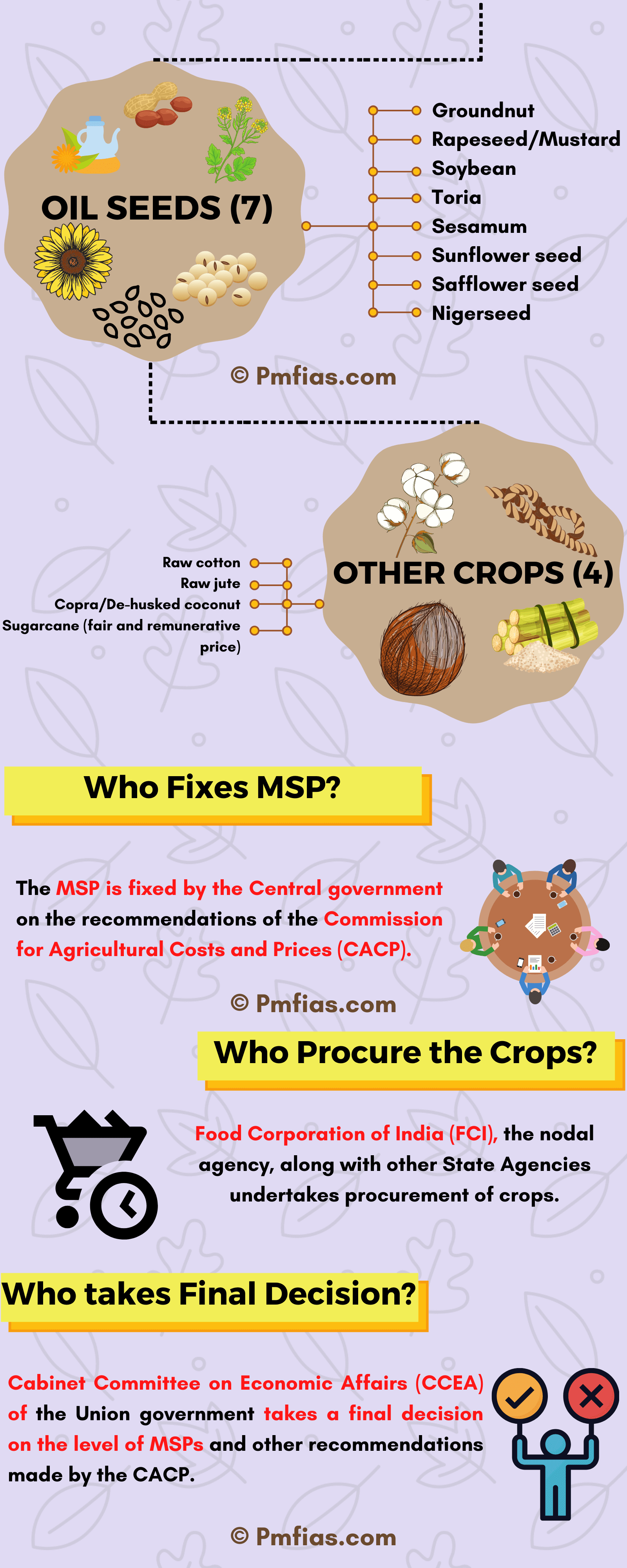
Commission for Agricultural Costs and Prices (CACP)
|
||||||||||
Fair and Remunerative Price (FRP)
- With the amendment of the Sugarcane (Control) Order, 1966 in 2009, the SMP of sugarcane was replaced with the Fair and Remunerative Price (FRP) of sugarcane.
- The amendment added a new clause for working out FRP by CACP.
Statutory Factors Considered by CACP to Estimate FRP
- Cost of production of sugarcane.
- Return to the grower from alternative crops and trend of prices of agricultural commodities.
- Availability of sugar to the consumers at a fair price.
- Price of sugar.
- Recovery rate of sugar from sugarcane.
- Income from the sale of by-products (like molasses, bagasse, and mud press (inserted in 2008).
- Reasonable margins for sugarcane farmers on account of risk and profits (inserted in 2009).
Fair and Remunerative Price (FRP) vs Minimum Support Price (MSP)
|
Fair and Remunerative Price (FRP) |
Minimum Support Price (MSP) |
| FRP is the minimum price at which sugar mills purchase sugarcane from farmers. | MSP is the minimum price at which certain agricultural products are directly procured from farmers by the GoI. |
| It is mandated only for sugarcane. | It is mandated for kharif crops (14), rabi crops (6), and other commercial crops. |
| FRP is governed by the statutory provisions of the Sugarcane (Control) Order, 1966 issued under the Essential Commodities Act (ECA), 1955. | MSP is not governed by any statutory provision.
It is simply an obligatory exercise. |
| Both FRP and MSP are declared by the GoI based on the recommendation of the Commission for Agricultural Costs and Prices (CACP). | |
State Advised Prices (SAP)
- SAP are state-specific sugarcane prices declared by the states of Uttar Pradesh, Punjab, Haryana, Tamil Nadu, and Uttarakhand.
- SAP is usually higher than the SMP.
- The reasons behind the declaration of SAP are:
- Differences in cost of production
- Differences in productivity levels
- Pressure from farmers’ groups
Sugarcane in India

- Sugarcane is a tropical and subtropical crop.
- Ideal conditions for sugarcane cultivation:
- Temperature: 20-30°C
- Rainfall: 75-200 cm
- Frost-free conditions
- Soil Type: Well-drained loamy soil
- India is the second largest producer of sugarcane after Brazil.
- Top sugarcane producing states: 1st UP > 2nd Maharashtra > 3rd Karnataka > 4th TN > 5th Bihar
- It is the main source of sugar, gur (jaggery), khandsari, and molasses.
Sugar in India
- India emerges as the world’s largest producer of sugar.
- It is also the world’s largest consumer of sugar.
India as an Exporter of Sugar
- India is the second largest exporter of sugar in the world.
- The biggest importers of Indian raw sugar are: Indonesia > Bangladesh > Saudi Arabia > Iraq > Malaysia.
- The biggest importers of Indian refined sugar are: Afghanistan > Somalia > Djibouti > Sri Lanka > China > Sudan.
|
Raw Sugar |
Refined Sugar |
| Raw sugar is obtained directly from the initial processing of sugarcane juice. | Refined sugar is the end product of further processing of raw sugar.
All impurities are almost removed, resulting in pure sucrose crystals. |
| Light to medium brown in colour. | White in colour. |
| Coarser texture. | Uniform texture and fine crystal structure. |
| Contains residual molasses. | No residual molasses or impurities. |
| ICUMSA value of 600-1,200 or higher | ICUMSA value of 45 or lower |
| Higher moisture content. | Lower moisture content. |
International Commission for Uniform Methods of Sugar Analysis (ICUMSA)
|
|
Reasons for Increase in Exports of Indian Raw Sugar
Free of Dextran
- Indian raw sugar is free of dextran, a bacterial compound formed when sugarcane stays in the sun for too long after harvesting.
High Sucrose Content
- Polarisation is the percentage of sucrose present in a raw sugar mass.
- Indian raw sugar has a very high polarisation of 98.5-99.5%.
- The higher the polarization, the easier and cheaper it is to refine.
{GS3 – IE – Securities – 2023/08/09} Credit Rating Agencies (CRAs)
- Context (IE): Global credit ratings agency Fitch has downgraded the US Sovereign rating to AA+ from AAA, its highest possible rating.
- A Credit Rating Agency (CRA) assigns credit ratings, which rate a debtor’s ability to pay back debt and the likelihood of default.
- CRAs help lenders and investors determine the potential risk involved in lending money to a particular borrowing entity.
- Some of the most well-known CRAs are:
- S&P Global Ratings (formerly Standard & Poor’s)
- Moody’s Investors Service
- Fitch Ratings
Rating And Their Significance
| Credit Rating | Significance |
|
AAA |
Highest credit quality |
| AA | Very high credit quality |
| A | likely to repay |
|
BBB |
expected to repay, but some risk is involved |
|
BB |
likely to repay, but significant risk is involved |
|
B |
may or may not repay its debt obligations |
|
CCC |
Very highly speculative credit quality |
|
DDD |
will likely default |
|
D |
In default /debt obligations |
Benefits of having a high credit rating
- Lower interest rates on loans
- Increased access to credit
- Improved ability to negotiate favourable terms with lenders
- Increased credibility with businesses and other organizations
- Increased ability to attract investment
Issues of credit rating agencies in India:
- Lack of uniformity among CRAs: There is no uniformity in the methodology for rating, making it difficult for investors to compare ratings across agencies and make informed investment decisions.
- Lack of standardisation in credit ratings: There is No Benchmarking in the way that credit ratings are expressed in India. Some use a letter grading system, others numerical system.
- Lack of transparency: CRAs are not required to disclose all the information that they use to assign credit ratings. This questions the accuracy and reliability of credit ratings.
- Lack of accountability of credit rating agencies: There is no independent body that is responsible for overseeing and regulating CRAs in India.
{GS3 – IS – Security Forces – 2023/08/09} Assam Rifles
- Context (TH): The Manipur Police have registered a criminal case against the Assam Rifles for “obstruction of duty” and “criminal intimidation”.
- Assam Rifles is the oldest Para Military Force. It comes under the Ministry of Home Affairs (MHA) for administrative control and for the operational control it comes under Indian Army.
- It has played a great role in integrating the tribal population with mainstream India.
- The Force is now affectionately called “Friends of the North East People“, “Friends of the Hill People”, and “Sentinels of the North East”.
- It is mandated to perform two roles:
- Guarding of the Indo Myanmar border
- To undertake tasks pertaining to Counter Insurgency
Indian Armed Forces
Central Armed Police Force (CAPF)
|
{GS3 – S&T – Cyber Security – 2023/08/09} OS Maya
- Context (TH I IE): Defence Ministry will switch to Operating System (OS) Maya from Microsoft OS amid threats of cyber and malware attacks on defence as well as critical infrastructure.
- OS Maya, based on open-source Ubuntu, is an indigenous OS made by the Defence Ministry.
- Maya has an interface like Windows, so users will not feel the difference while transitioning.
|
Chakravyuh
- Chakravyuh is an endpoint detection (Laptop, mobile etc.) and protection system that is part of the OS Maya.
- It is designed to continuously monitor connected endpoints to detect and neutralize potential cyber threats such as malware, ransomware etc before they can spread throughout the network.
Recent Incidents of Malware Attacks
- 2023 Akira Ransomware: This malware can hack a user’s computer systems, encrypt data, and then demand a ransom to prevent data leaks on the dark web.
- 2022 Oil India Attack: Oil India was targeted by a ransomware attack.
- 2022 AIIMS Attack: Hackers attacked AIIMS Delhi causing server shutdowns & service disruption.
- 2021 Mobi Kwik Data Leak: This data breach exposed the personal and financial data of over 100 million users of the digital payment platform Mobi Kwik. Hackers had access to data including KYC documents, card details, phone numbers, and email addresses.
- 2017 WannaCry: This ransomware attack affected more than 2 lakh computer systems in India and other countries, demanding $300 worth of bitcoins to unlock the encrypted files.
- 2017 Petya: This ransomware attack halted work at one of the terminals of India’s largest seaport, Jawaharlal Nehru Port, causing serious consequences for the country’s exports.
- 2016 Mirai Botnet: This malware affected 2.5 million IoT devices worldwide. This self-propagating malware was capable of using exploitable unpatched vulnerabilities to access networks and systems.


Initiatives to Tackle Cyber Attacks
Cyber Swachhta Kendra
- This is a part of the Digital India initiative under the Ministry of Electronics and Information Technology (MoEIT) to create a secure cyber space by detecting botnet infections in India, and enabling cleaning and securing systems of end users so as to prevent further infections.
- A botnet is a network of computers infected with malware and is controlled by a single attacker for malicious activities.
Indian Computer Emergency Response Team (CERT-In)
- CERT-In is the national nodal agency to deal with cyber security threats like hacking and phishing.
- It is an office within the Ministry of Electronics and Information Technology (MeitY).
- It was formed in 2004 under Information Technology Act, 2000.
Exercise Synergy
- This is a joint exercise conducted by the Indian Computer Emergency Response Team (CERT-In) in collaboration with the Cyber Security Agency of Singapore to exchange best practices among member states to build network resiliency against ransomware and cyber extortion attacks.
Practices Recommended by CERT-In Against Ransomware Attack
- Maintaining regular offline data backups which are encrypted.
- All accounts should have strong and unique passwords.
- Multi-factor authentication (verifying logins with SMS/Email OTP)
- Separate administrative network.
- A host-based firewall.
- Disable remote desktop connections.
- Spam-proof email validation system.
- Anti-virus software should be updated.
Malware (malicious software)
How does malware enter a device?
Different types of malware
|
{GS4 – Ethics – Values – 2023/08/09} Moonlighting
- Context (TH): Wipro has fired 300 employees who were found to be working for competitors.
- Moonlighting is the act of working at an extra job beyond regular working hours, usually without the knowledge of the employer.
- Since the side job is mostly at night time or on weekends, it is referred to as moonlighting.
Issues for employers
- A worker may not give their organisation the time it needs.
- Holidays and time off are meant to rest a worker and improve their efficiency, but moonlighting could make this difficult.
- Some employers might view this as cheating if employees work with a direct competitor.
Reasons for increasing moonlighting
- Financial insecurity and job uncertainity after the COVID pandemic.
- Working from home allowed a few categories of workers to get more work done.
- Increasing acceptance of the gig economy (a labor market that relies on temporary and part-time positions filled by independent contractors and freelancers).
Legality
- In India, private companies usually do not allow holding multiple jobs.
- Shops and Establishment Acts of various states restrict double employment.
- Moonlighting has not been defined in any laws in India.
Three enactments which deal with double employment
Section 60 of the Factories Act
- It deals with double employment by stating that “No adult worker shall be required or allowed to work in any factory on any day on which he has already been working in any other factory.”
State Enactments
- It deals with employment of persons working in offices, banks, shops etc. in a particular state.
- For example, Section 65 of Bombay Shops and Establishment Act restricts double employment after obtaining leave from the employer.
The Industrial Employment (Standing Orders) Act, 1946
- It prescribes conditions of service applicable to employees in factories as well as establishments including shops, banks, offices etc.
- Clause 8 of Schedule lB of Central Rules prohibits workmen from taking up any employment in addition to his job adversely affecting the interest of the employer.





![PMF IAS Environment for UPSC 2022-23 [paperback] PMF IAS [Nov 30, 2021]…](https://pmfias.b-cdn.net/wp-content/uploads/2024/04/pmfiasenvironmentforupsc2022-23paperbackpmfiasnov302021.jpg)
